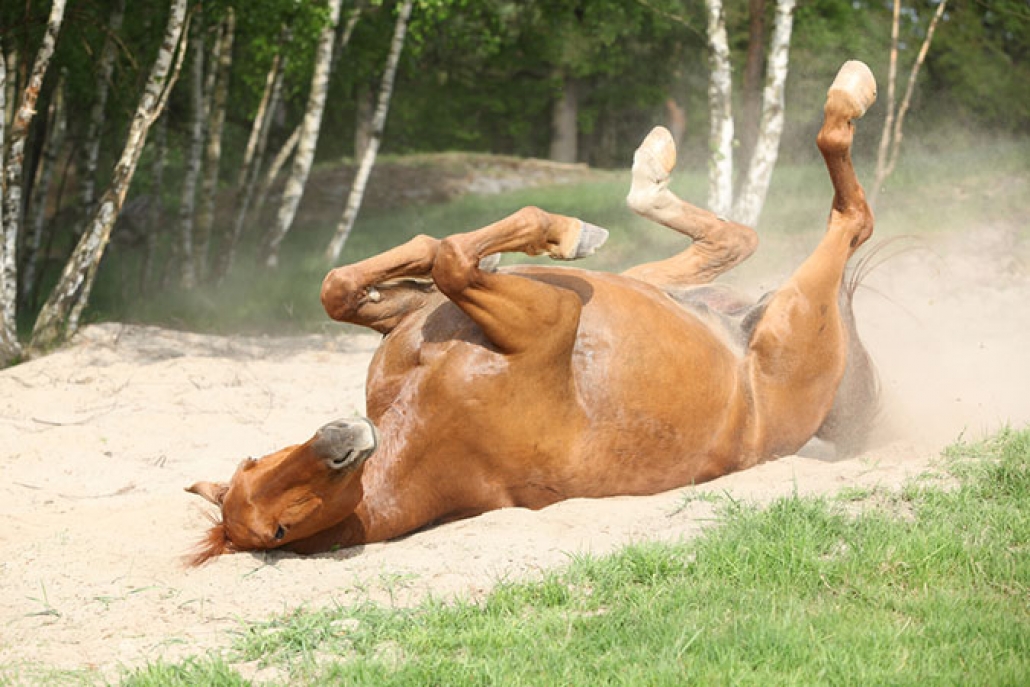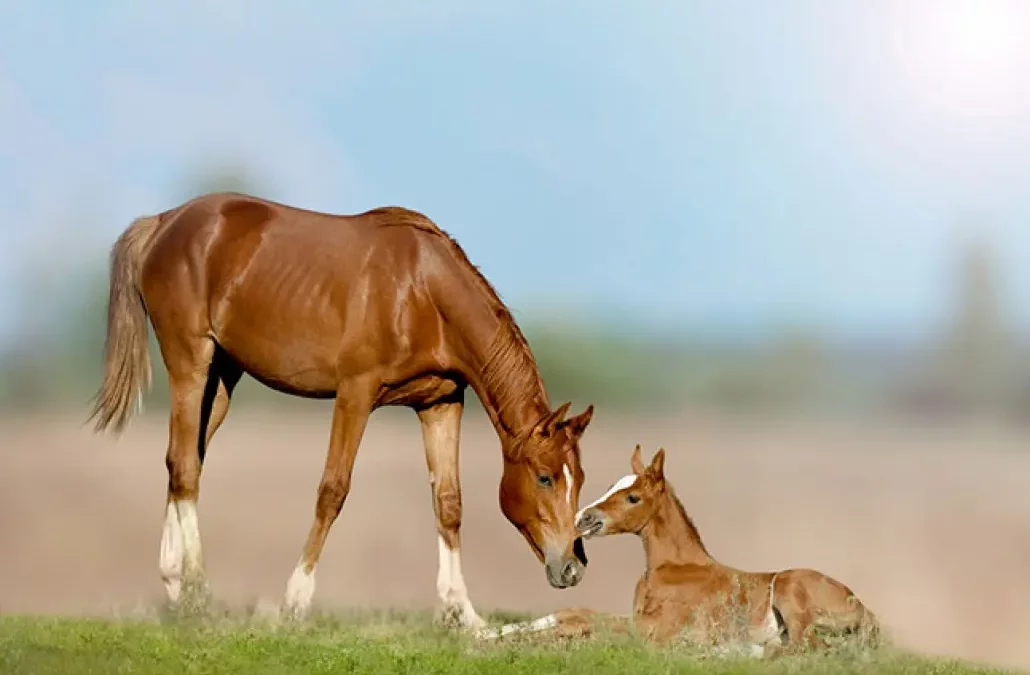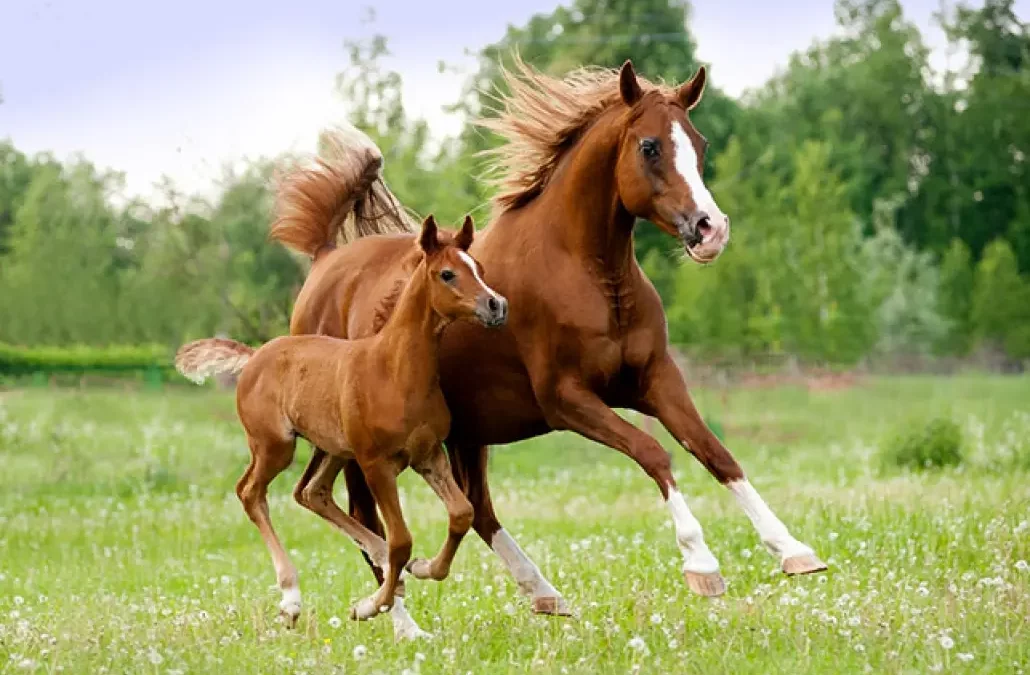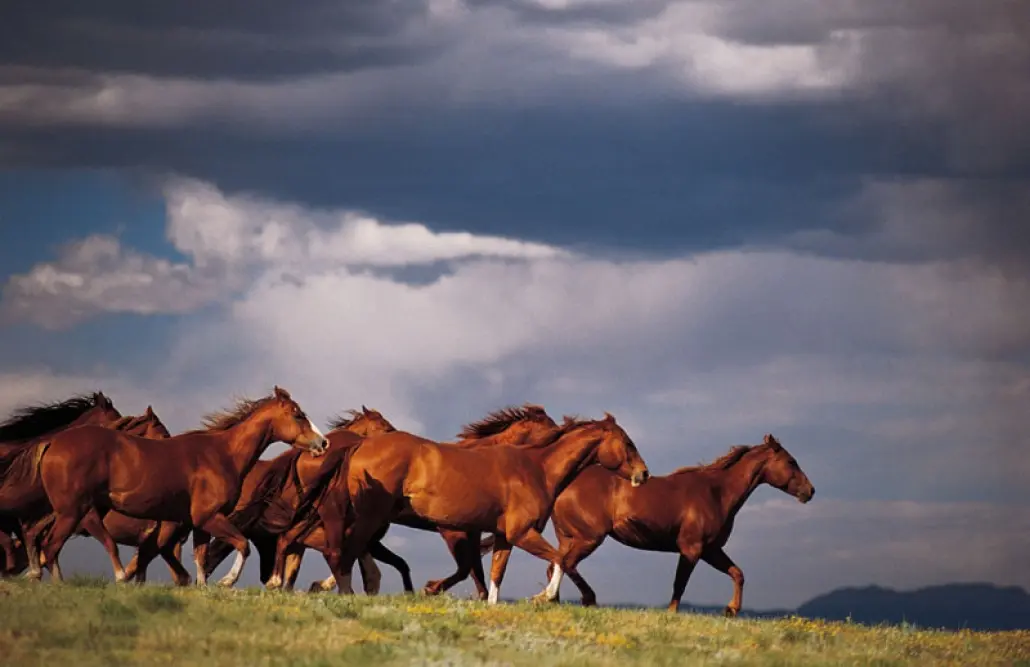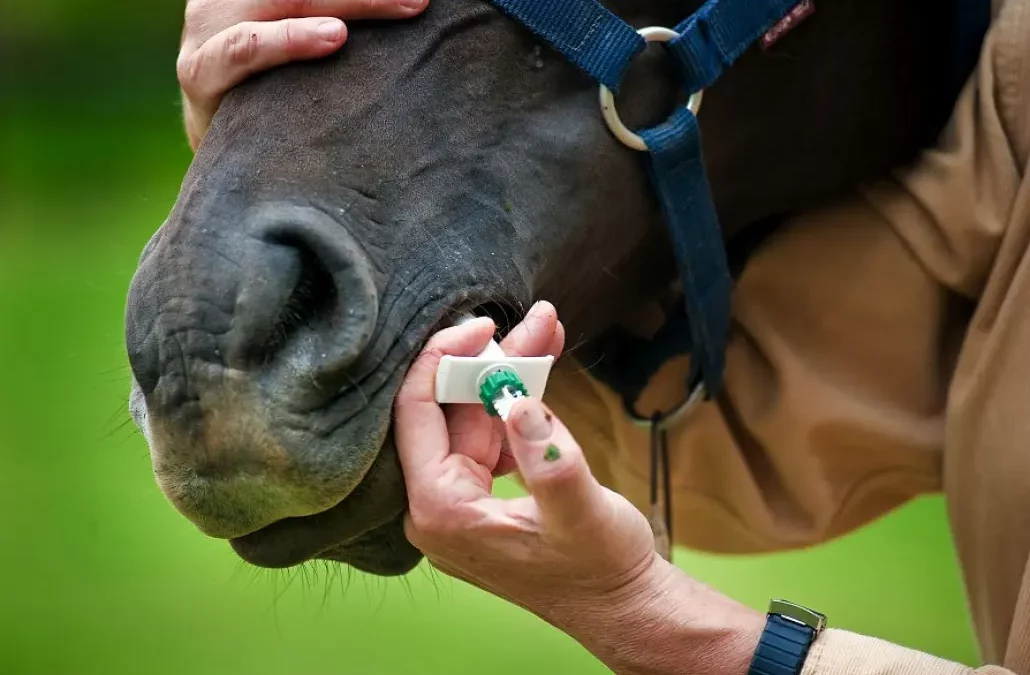Sand colic in horses or otherwise known as sand accumulation in the colon is one of the most frequent diseases that FVSC responds too. It is one on the most preventable diseases in our practice. In almost all instances this problem is a management problem and with just a few adjustments can alleviate the problem.
Causes:
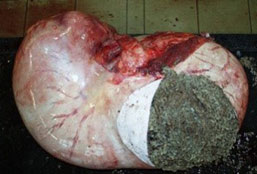 In most situations it is due to horse or horses not having enough access to feed. In groups of horses in the same pen or pasture, although you may be feeding enough for all the horses for that pen or pasture, some horses may be chased away from their feed from a more dominant horse. In other circumstances they just are not getting enough feed and therefore have to search for other sources of feed or have to sift through the dirt for the left over feed on the ground. Feeding from the ground particularly in loose soil will predispose a horse to sand accumulation in the colon.
In most situations it is due to horse or horses not having enough access to feed. In groups of horses in the same pen or pasture, although you may be feeding enough for all the horses for that pen or pasture, some horses may be chased away from their feed from a more dominant horse. In other circumstances they just are not getting enough feed and therefore have to search for other sources of feed or have to sift through the dirt for the left over feed on the ground. Feeding from the ground particularly in loose soil will predispose a horse to sand accumulation in the colon.
Clinical signs:
There are three clinical signs that are typically seen, weight loss and/or unthriftiness, diarrhea and finally colic. Occasionally death can ensue due to rupture of the colon. Many times horses are brought in for weight loss or diarrhea and blaming it on bad teeth but almost always it is due to sand accumulation of the large colon.
- If the horse is biting or kicking at its own flanks
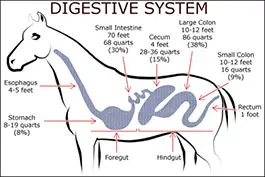 olling turbulently
olling turbulently - If the horse appears listless or lethargic
- Profuse sweating at the drop of a hat
- A rise in its pulse and its breathing rates
- If it has no appetite and doesn’t wish to eat
- Standing with legs stretched is also a sign of colic
- Pawing
- Lying down and getting up repeatedly
- No passing of manure or gas
- Excessive Salvation
- Dark Mucous membranes
- Bruxism
- Playing with water
Diagnosis:
Sand accumulation can be diagnosed by several methods. After obtaining a history on the environment that the horse is in and feeding methods, manure can be examined by adding water and developing a slurry. The fecal material is “gold panned” and since sand or dirt is heavier that feces it will be apparent in the bottom of the pan. We also use a stethoscope to listen the the ventral abdomen and often can hear sand moving the colon. Once a diagnosis is made a treatment plan is devised to remove the sand in the colon.
 History – age, sex, recent events, dietary changes and anthelmintic treatment.
History – age, sex, recent events, dietary changes and anthelmintic treatment.- Cardiovascular parameters
- Rectal examination
- Abdominocentesis – this is where fluid is extracted from the intestinal tract for examination.
- Faecal examination
- Ultrasound
- Blood work
- Auscultation of the abdomen
Treatment:
If the horse has active colic, the initial treatment is alleviating the pain by laxatives, pain medication, fluid therapy and rarely surgery. Once the colic symptoms have subsided, then the treatment is focused on eliminating the sand accumulation in the colon. Although many believe that products with psyllium can correct this problem, we at FVSC believe it is no more effective that feeding a good quality hay since both are primarily fiber. The most important aspect in treatment and prevention is to prevent the horse from eating off of the ground. Use of deep bin feeders with hay cubes or pellets, slow or natural feeders that prevent the horse from scattering hay from the feeder or using a small opening hay net connected to the bottom of a deep bin are effective treatments and prevention for this problem. The access to abundant grass pastures will also perform the same at using feeders that prevent feed from being scattered onto the dirt. Others have used mats around their feeders so that the hay that has fallen out will be on mats rather that the ground. Although the mats will have to be kept clean by sweeping the mats on a continuous basis. Separating horses into individual pens to prevent “stealing” of hay may also be helpful.
Summary:
Although sand accumulation in the horse is very common in Central California, it is a easily preventable problem with a few management changes. If you suspect your horse has this condition, please contact TFVSC if you have questions or problems with this syndrome.

